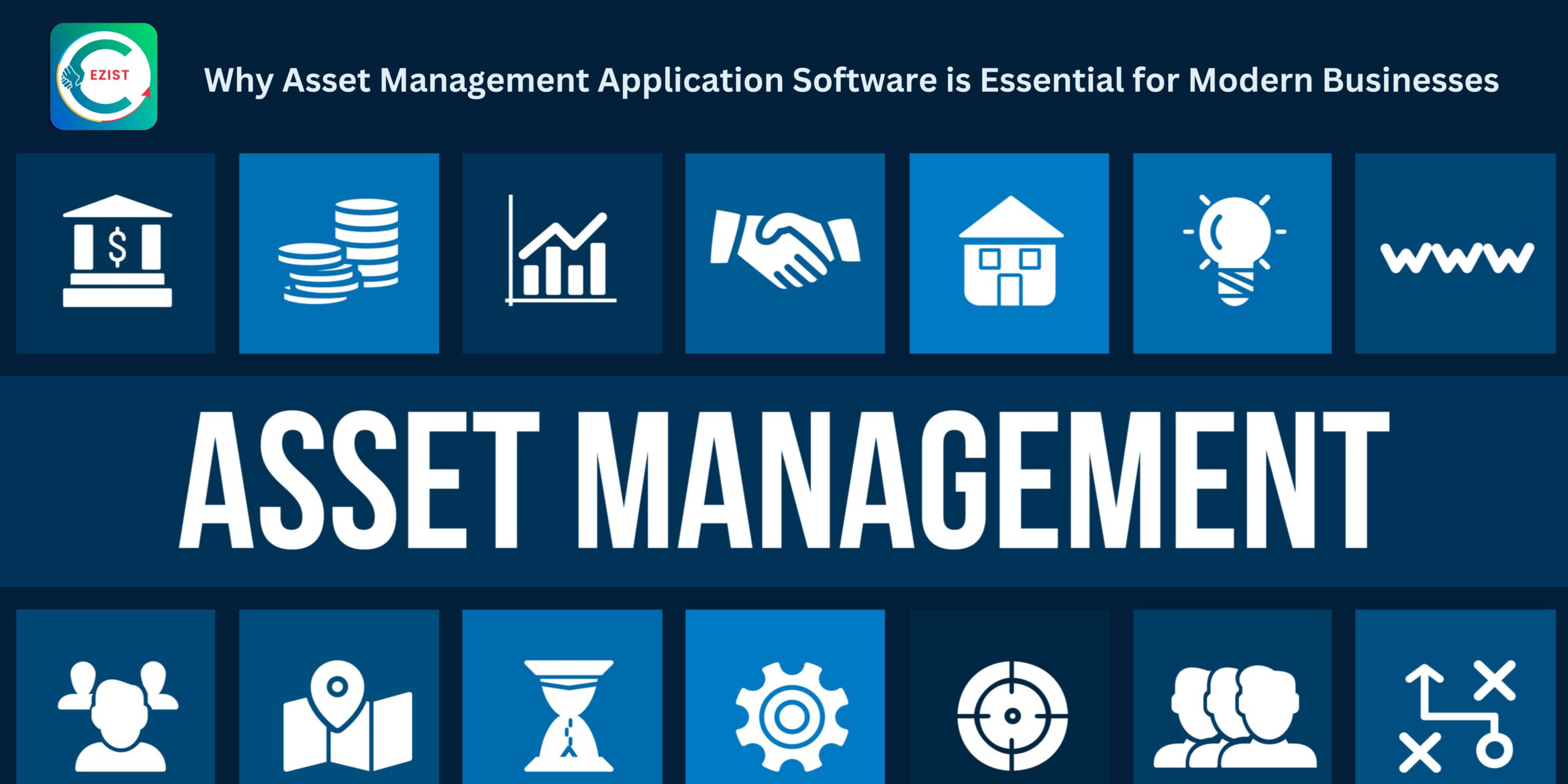Managing assets efficiently has become crucial for sustaining growth and competitiveness in today’s fast-paced business environment. Asset Management Application Software has emerged as a vital tool, allowing businesses to streamline operations, enhance productivity, and optimize resource utilization. But what makes Asset Management Application Software so indispensable for modern companies? Let’s explore the reasons why this technology is vital for contemporary enterprises.
1. Centralized Asset Information
One of the primary benefits of Asset Management Application Software is its ability to centralize all asset-related information. Businesses often manage numerous assets, from computers and machinery to vehicles and real estate. Keeping track of these assets manually can be overwhelming and prone to errors. Asset Management Application Software consolidates this data into a single platform, providing a comprehensive overview of asset statuses, locations, and conditions. This centralization ensures that businesses can monitor and manage their assets more effectively.
2. Improved Asset Tracking
Asset Management Application Software enhances asset tracking by providing real-time asset usage, location, and condition updates. With integrated barcode or RFID tracking, businesses can easily monitor their assets throughout their lifecycle. This improved tracking capability reduces the risk of asset loss, theft, or misplacement, ultimately saving time and resources.
3. Efficient Maintenance Management
Regular maintenance is critical to extending the lifespan of assets and ensuring their optimal performance. Asset Management Application Software helps businesses schedule and manage maintenance activities efficiently. Automated reminders and alerts ensure that maintenance tasks are performed on time, reducing downtime and minimizing the likelihood of costly repairs.
4. Enhanced Financial Management
Managing the financial aspects of assets, such as depreciation and valuation, is essential for accurate financial reporting. Asset Management Application Software provides tools for tracking asset depreciation, calculating residual values, and generating financial reports. This helps businesses maintain accurate financial records and make informed decisions regarding asset investments and replacements.
5. Streamlined Compliance and Reporting
Compliance with regulatory requirements and industry standards is crucial for avoiding legal issues and maintaining operational integrity. Asset Management Application Software simplifies compliance by providing features for tracking asset certifications, warranties, and regulatory requirements. Additionally, the software generates detailed reports and audit trails, making it easier for businesses to demonstrate compliance during audits.
6. Data-Driven Decision Making
Data is a valuable asset in decision-making processes. Asset Management Application Software provides businesses useful insights and analytics on asset performance, utilization, and costs. By leveraging this data, companies can make informed decisions about asset acquisitions, upgrades, and disposals, leading to more strategic and effective asset management.
7. Enhanced Collaboration and Communication
Effective asset management often involves coordination between various departments and teams. Asset Management Application Software facilitates better collaboration and communication by providing a shared platform where team members can access and update asset information. This centralized communication streamlines workflow and ensures all stakeholders are informed and aligned.
8. Optimized Resource Allocation
Resource allocation is a critical aspect of asset management. Asset Management Application Software helps businesses optimize resource allocation by providing visibility into asset utilization and availability. This enables companies to allocate resources more efficiently, reduce redundancies, and maximize the value derived from their assets.
9. Scalability and Flexibility
As businesses grow, their asset management needs become more complex. Asset Management Application Software is designed to scale with business growth, accommodating increasing volumes of assets and more sophisticated management requirements. The software’s flexibility ensures that it can adapt to changing business needs and evolving asset management practices.
10. Increased Productivity and Efficiency
Ultimately, Asset Management Application Software contributes to increased organizational productivity and efficiency. By automating routine tasks, reducing manual errors, and providing actionable insights, the software allows businesses to focus on their core operations and strategic goals. This boost in productivity translates to a competitive advantage and long-term success.
In conclusion
Asset Management Application Software is not just a technological trend but an essential tool for modern businesses. Its benefits—from centralized asset information and improved tracking to enhanced financial management and compliance—demonstrate its crucial role in optimizing asset management practices. Investing in Asset Management Application Software like Ezist is a strategic move that yields significant long-term advantages for businesses looking to stay competitive and efficient in today’s dynamic market.
Ezist is now available in the Apple Store iOS version (https://apps.apple.com/us/app/ezist/id1536700481) and likely has a web interface accessible from any device with a web browser.(https://platform.ezist.net/Login)
Keep your sights sharp and your curiosity wide open! Explore more captivating reads with just one blink: Check out our curated collection of must-read blogs.
- Streamline Your Home Appliances with Automated Solutions
- How Ezist the Automotive Management Platform is Changing the Industry
- The Unexpected Benefits of Having A Car Management Platform: From Safety To Social Connection
- Go Green: Embracing Paperless Receipts for Eco-Friendly Living
- 5 Ways Appliance Organization Software Can Revolutionize Your Appliance Management
- Maximize Efficiency: Refrigerator Maintenance Software Explained
- Ezist: Best Free Warranty Management Software Solution
- The Importance of Invoice Management for Small Businesses
- Maximizing ROI – How Product Service Management Software like Ezist Can Optimize Your Support Operations
- The Role of Ezist in Improving Product Lifecycle Management for Manufacturers
- Why Ezist – A Device Management Platform is the Best Place for Your Product Data
- How Manufacturers Can Use Ezist to Boost Customer Satisfaction and Loyalty
- How to Use Product Maintenance Management Software Like Ezist for Optimal Performance
